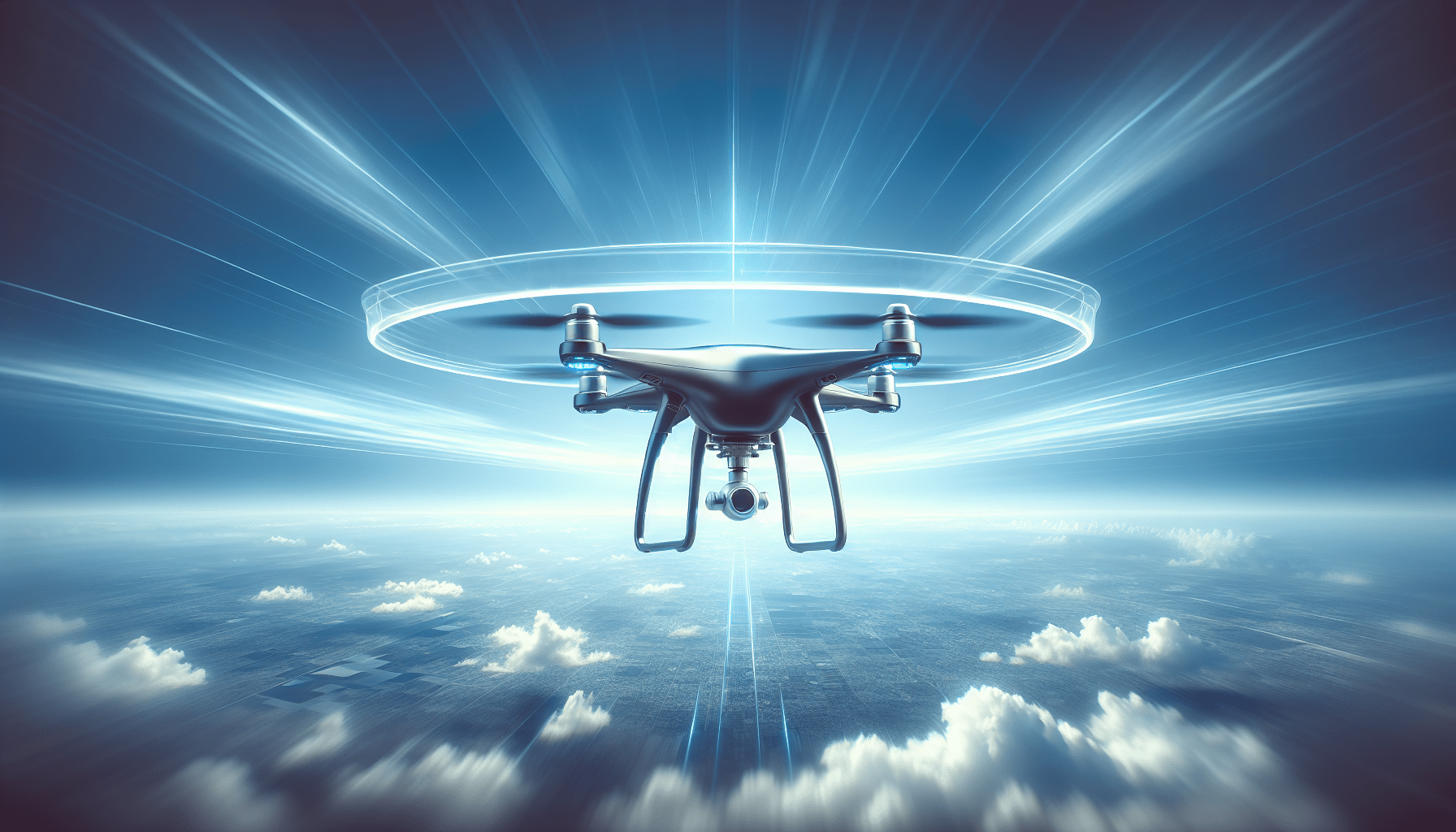Are You Ready to Become a Certified Drone Pilot?
So, you’re thinking about becoming a certified drone pilot? That’s awesome! But before you take off into the skies, there are a few things you need to know. In this article, we’ll walk you through the process of getting your drone pilot license so you can fly legally and safely.
What Is a Drone Pilot License?
First things first, let’s talk about what exactly a drone pilot license is. Also known as a remote pilot certificate, this is a certification issued by the Federal Aviation Administration (FAA) that allows you to operate a drone for commercial purposes. If you want to make money with your drone, whether it’s for aerial photography, videography, or inspections, you’ll need to get your drone pilot license.
Why Do You Need a Drone Pilot License?
You might be wondering, “Why do I need a license to fly a drone?” The short answer is that it’s the law. The FAA requires anyone operating a drone for commercial purposes to have a remote pilot certificate. This is to ensure that drone pilots understand the rules and regulations for safe flying and can operate their drones responsibly. Plus, having a license can open up more opportunities for you to make money with your drone.
How to Get Your Drone Pilot License
Now that you know what a drone pilot license is and why you need one, let’s dive into the process of obtaining your remote pilot certificate.
Step 1: Meet the Eligibility Requirements
Before you can even think about taking the exam for your drone pilot license, you need to make sure you meet the eligibility requirements set by the FAA. Here’s what you need:
- Be at least 16 years old
- Be able to speak, read, write, and understand English
- Be in good physical and mental condition to safely operate a drone
- Pass a background check by the Transportation Security Administration (TSA)
If you meet all of these requirements, you’re ready to move on to the next step.
Step 2: Study for the Part 107 Exam
The next step in getting your drone pilot license is to study for and pass the Part 107 exam. This exam covers a wide range of topics related to drone operation, including airspace regulations, weather, emergency procedures, and more. You can find study guides and practice exams online to help you prepare for the test.
Step 3: Schedule and Take the Part 107 Exam
Once you feel confident in your knowledge of drone regulations and safety procedures, it’s time to schedule and take the Part 107 exam. The exam consists of 60 multiple-choice questions and you need to score at least 70% to pass. You can take the exam at an FAA-approved testing center near you.
Step 4: Apply for Your Remote Pilot Certificate
Congratulations! If you passed the Part 107 exam, you can now apply for your remote pilot certificate. You’ll need to complete an online application through the FAA’s Integrated Airman Certification and Rating Application (IACRA) system. You’ll also need to pass a TSA background check before your certificate can be issued.
Step 5: Start Flying Commercially
Once you receive your remote pilot certificate, you’re ready to start flying your drone for commercial purposes. Make sure you always follow the FAA’s regulations and guidelines for safe drone operation to avoid any legal issues or accidents.
Additional Tips for New Drone Pilots
Now that you’re a certified drone pilot, here are a few additional tips to help you succeed in your new venture.
Join a Professional Drone Pilot Association
One of the best ways to network with other drone pilots and stay up-to-date on industry trends is to join a professional drone pilot association. Organizations like the Drone Pilots Federation or the Association for Unmanned Vehicle Systems International (AUVSI) provide resources, training, and networking opportunities for drone pilots.
Invest in Quality Equipment
While it can be tempting to go for the cheapest drone on the market, investing in high-quality equipment is essential for professional drone pilots. Look for drones with good camera quality, long battery life, and stability features to ensure smooth and safe flights.
Practice, Practice, Practice
Like any skill, flying a drone takes practice to master. Spend time honing your piloting skills in various environments and weather conditions to become a more proficient drone pilot. The more you practice, the more confident and skilled you’ll become.
Stay Informed About Drone Regulations
Drone regulations and airspace rules are constantly evolving, so it’s crucial to stay informed about any changes that may affect your drone operations. Subscribe to industry newsletters, follow the FAA’s website and social media accounts, and join online forums to keep up-to-date with the latest developments in drone regulations.
Consider Getting Drone Insurance
Accidents can happen, even to the most skilled drone pilots. To protect yourself and your equipment, consider getting drone insurance. Many insurance companies offer policies specifically designed for drone operators that cover liability, damage, and theft.
Conclusion
Becoming a certified drone pilot is an exciting and rewarding journey that can open up a world of opportunities for you in the drone industry. By following the steps outlined in this article and staying informed about drone regulations, you’ll be well on your way to launching a successful career as a commercial drone pilot. Remember to always fly responsibly, prioritize safety, and have fun exploring the skies with your drone!

